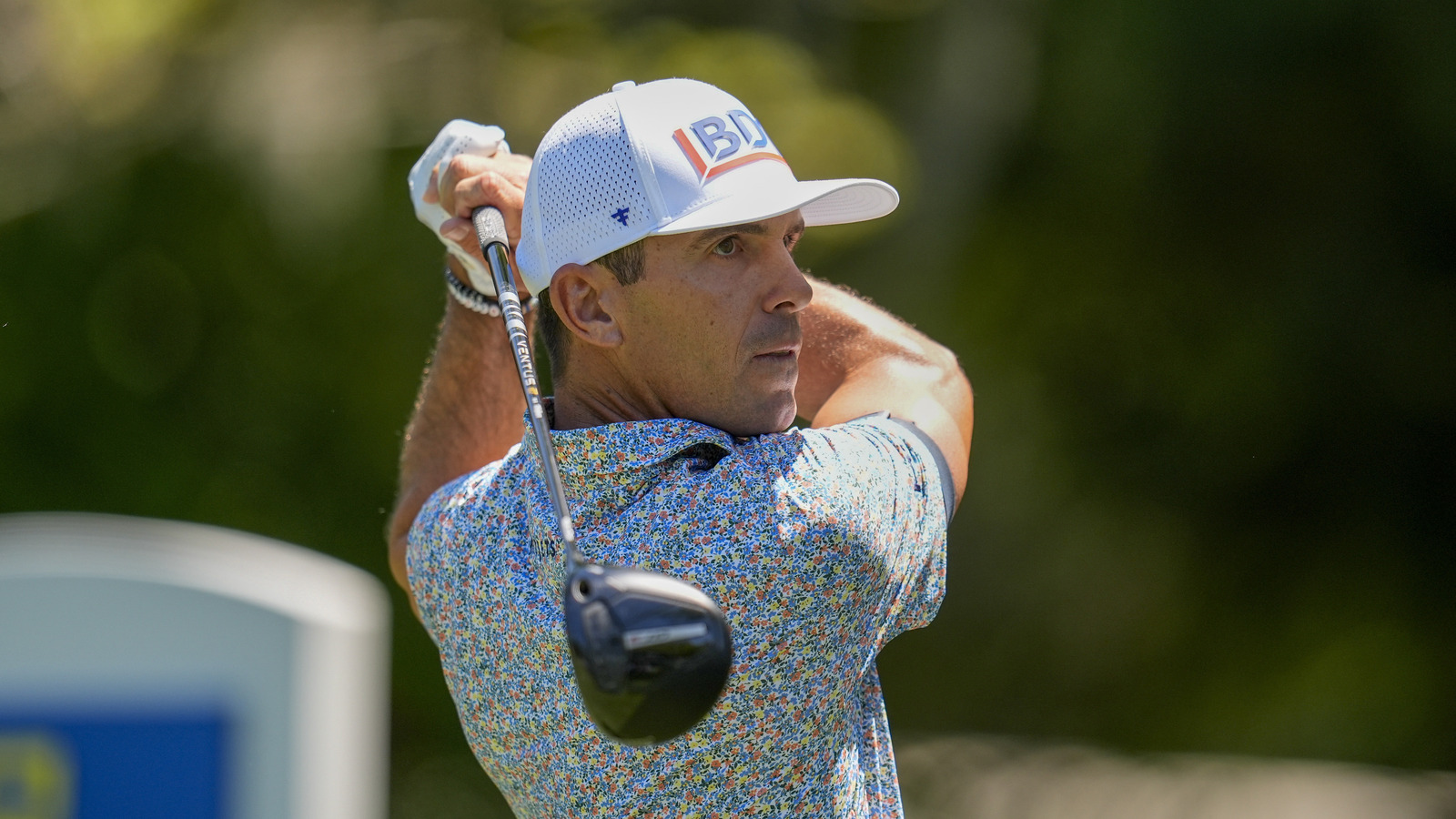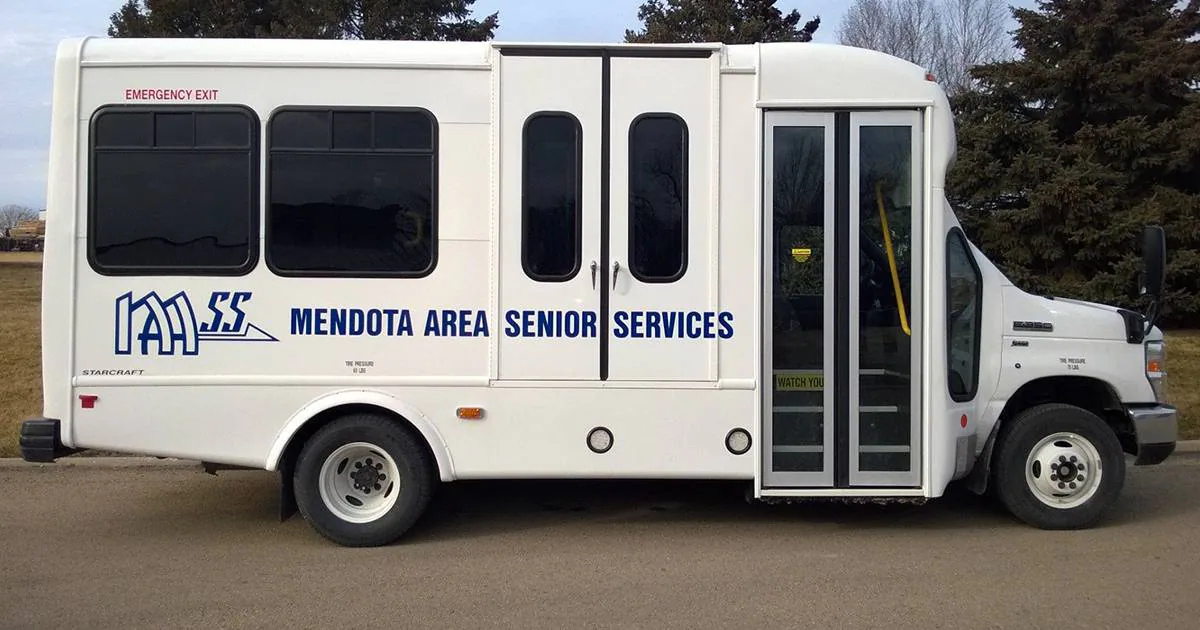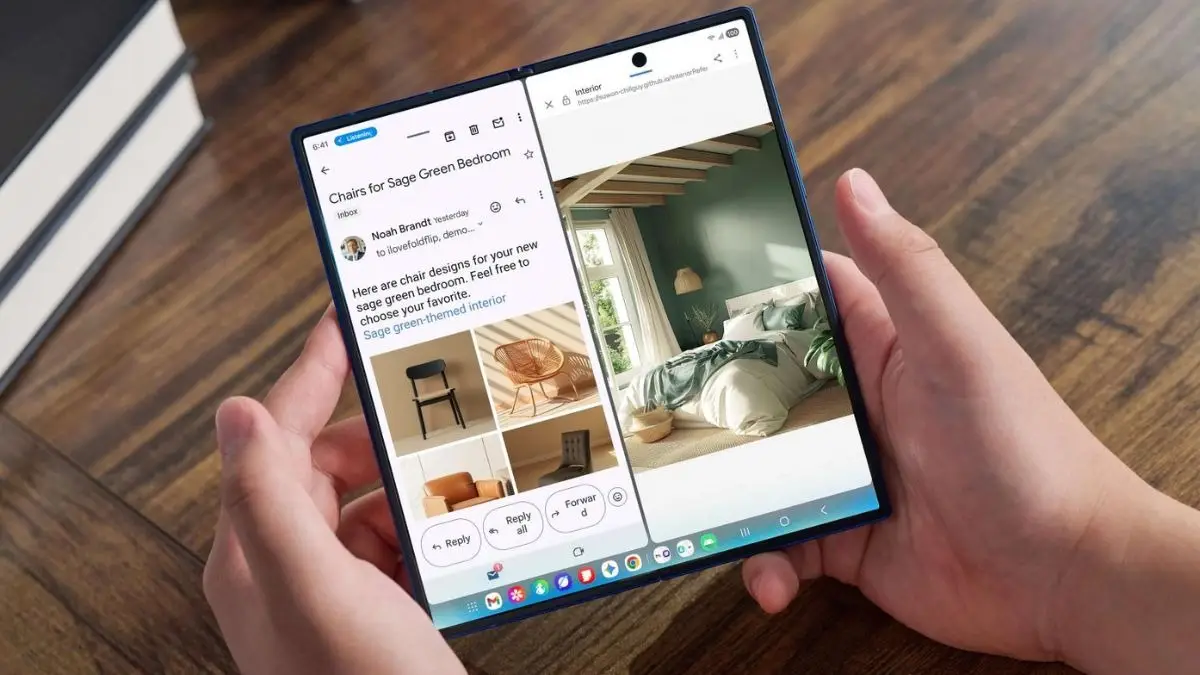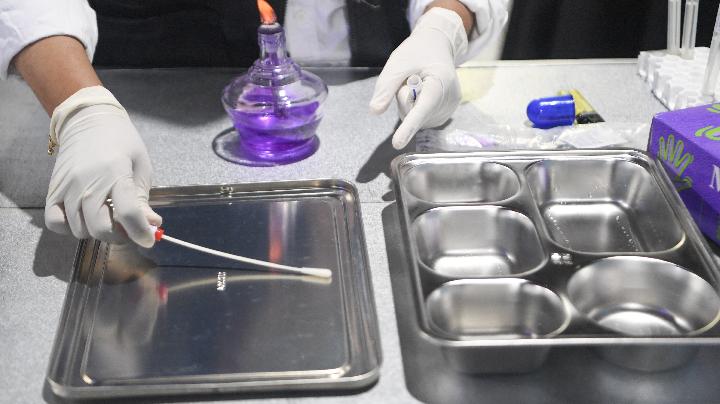Bold promises as questions remain unanswered just three months from Australia’s under-16 social media ban
By Caitlyn Rintoul
Copyright thewest
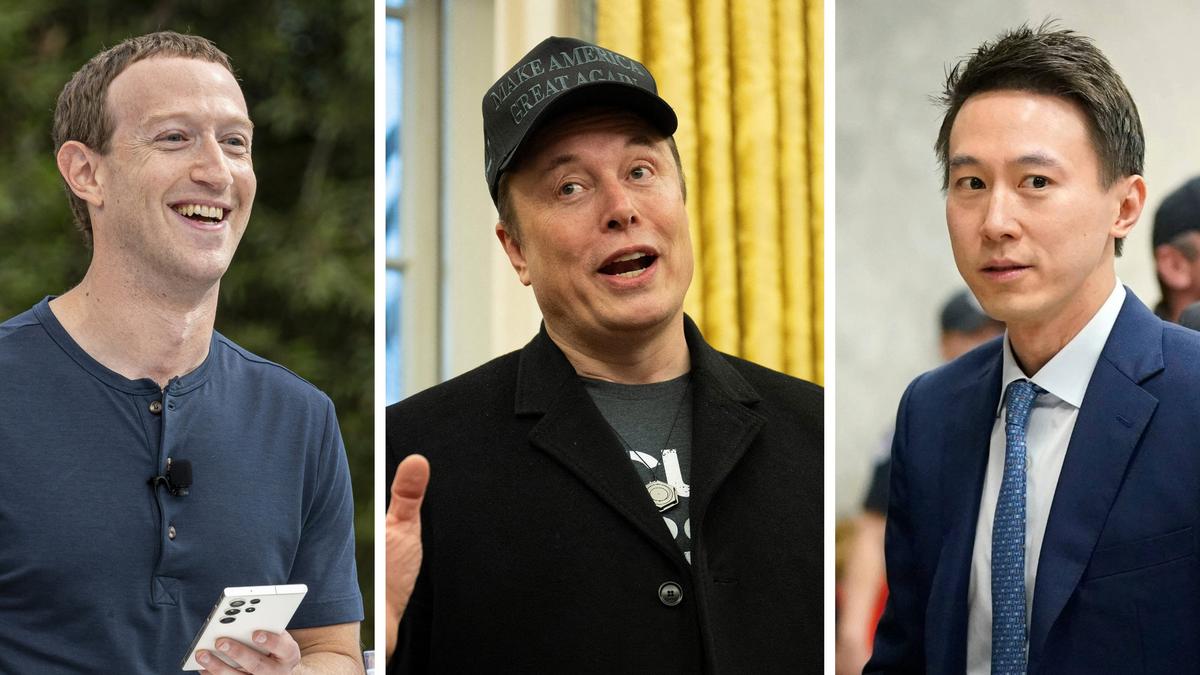
As Anthony Albanese talked up his impending social media ban for under-16s this week to world leaders in New York, Australia’s eSafety Commission boss was on the other side of the USA attempting to figure out if Silicon Valley tech giants would actually comply with it.
Just hours before the Prime Minister hosted national leaders at an event on the sidelines of the UN General Assembly, Commissioner Julie Inman Grant released a list of 16 other platforms to which the ban may also apply.
Curtin University internet studies professor Tama Leaver said the juxtaposition of the Prime Minister touting an unreleased ban on the world stage while Ms Innman Grant did the boardroom grunt work was emblematic of the policy — headline grabbing but hard to achieve.
“The fact that you know that the Prime Minister and Communications Minister are both off to the UN to talk about how ‘cool’ this is before we turn it on, and before it potentially blows up in everyone’s face — seems optimistic at best,” he said.
Professor Leaver said a simple look back over government communication around the ban — like pairing “world-leading” policy with claims it “isn’t a sliver bullet” and “won’t be precise” — proved doubts about its implementation were valid.
The expanded list of apps released this week includes lesser-known apps that aren’t explicitly defined as a social media platform, like Discord, Roblox, WhatsApp, Reddit, Lego Play, GitHub, and Twitch among others.
It comes after more than six months of engaging with the larger, better-known apps — Facebook, Instagram, Snapchat, TikTok, X and YouTube.
Though the eSafety Commission has contacted 16, there could be up to 100 platforms in the greyzone.
While not traditionally thought of social media apps, some apps have expanded features — things like messaging or gaming apps that may have been diversified to have an AI chatbot, breakout forums or video sharing.
Some have even been linked or played a role in harmful content or events.
Discord has been linked to the assassination of US commentator Charlie Kirk and Nepal’s deadly anti-corruption protests. Firechat has been used in protests in Taiwan, Iran, and Iraq. And several others have been linked to child exploitation and grooming.
Letters from the eSafety Commission request these grey-zone platforms conduct a self-assessment of their age verification technology and methods. Platforms are able to do so via a tool created by eSafety.
The deadline for many of those platforms to respond is next month.
Ms Inman Grant’s US west coast boardroom blitz of several big tech companies included Snap, Discord, Open AI, Anthropic, and Character AI — with hopes of locking in chats with major players Meta and Google.
While platforms by now would likely be able to work out if their service will be included — but less than three months from the implementation date, they also haven’t explicitly been told.
Digital Industry Group Inc — the peak body representing social media companies in Australia — has called clarity for industry and the public, with the countdown on to December 10.
“With less than 100 days remaining until the proposed enforcement deadline, clarity for industry and the public is essential,” managing director Sunita Bose said.
“We remain committed to working constructively with the eSafety Commissioner’s Office and the Government to ensure that any age assurance framework is workable, reliable, and effective.”
Ms Bose said DIGI was “carefully” reviewing the eSafety Commissioner’s reasonable steps guidance released this week and looked forward to further details and engagement ahead of implementation.
But the eSafety Commission confirmed to The Sunday Times that ultimately, it did not have the final call to determine which platforms are in and which are out. Rather, they could only recommend to apps if they believed they should comply.
“eSafety does not have a role in formally declaring which services are age-restricted social media platforms. Only a court can do this, however, eSafety’s view will underpin its approach to enforcement when the social media minimum age obligation takes effect on December 10,” a spokesman told The Sunday Times.
“Any platform eSafety believes to be age-restricted will be expected to comply.”
If the government’s social media ban goes to plan, when users aged under 16 open their phones on December 10 their social media accounts will be wiped.
Those close to 16 could also temporarily lose their accounts.
For accounts wrongfully axed, it should be a “frictionless” experience to reactivate their accounts.
Apps like Messenger Kids, WhatsApp, Kids Helpline, Google Classroom and YouTube Kids are not expected to be part of the ban.
Incorrectly removed users — and those signing up for the first time — should also have multiple options to verify their age and won’t be compelled to share their government ID.
Adults aren’t expected to be affected and only those aged close to 16 are likely to have accounts deactivated.
Tech companies have been told they have to take “reasonable steps” to detect and deactivate accounts based on a string of processes.
It could include biometrics, search, and interaction history, and assessing whether a user’s language or emoji use is immature.
The eSafety Commission hasn’t mandated a blanket approach to this age verification or told platforms how many alternative pathways they need to offer a user.
Instead, Ms Inman Grant has left the door open to the platforms to decide what processes they will take.
The only caveats are that there must be a review process, and apps can’t rely on a government ID — it would be a breach if they did.
Shadow Communications Minister Melissa McIntosh has welcomed further regulation of children on social media but raised concerns about whether the age verification methods will work.
She’s among critics who say young people will simply find a way around it, but largely doubts that people can’t be compelled to give over government ID.
Communications Minister Anika Wells and Ms Inman Grant have repeatedly ruled out that government ID will need to be used.
Professor Leaver said in reality, it likely wouldn’t impact people aged over 25 — mostly due to their data history — but cause headaches for people aged between 16 and 24.
“For older adults, I don’t think there’ll be a problem,” he said.
“For 17 to 19-year-olds, I think will be much harder for these technologies to pick up. I think will be a lot of false negatives.
“It might be a frictionless experience for people who are over the age of 25 who don’t realise that their older age has also been verified in terms simply because of their data histories and things like that.”
He said if automated systems take down accounts and it takes weeks or months to get them reinstated, that could have a damaging impact on wellbeing but also their business, if they rely on social media for their income.
“I think that has a real potential to upset and destabilise people who are relying on these accounts for whatever reason,” he said.
Ms Inman Grant claims that figuring out which users are underage shouldn’t be an arduous process for tech companies.
For one, they’re some of the wealthiest in the world. They’re also known to have sophisticated technology, leading engineering teams, and deadly precision in advertising and algorithms.
After working in the sector for 22 years prior to taking on the eSafety job, Ms Inman Grant knows what’s behind the curtain.
But it was a claim from the head of Chinese social media giant TikTok that it can tell a child’s age within three seconds of opening the app that gave her confidence big tech could comfortably comply.
Chief among doubts about the efficacy of the ban are that young people could easily find ways around it. After UK laws requiring people to verify their age to access adult content were introduced, some VPN services — which creates an encrypted network to protect user data — saw their user count skyrocket.
Already, Ms Inman Grant says she’s aware of children trying to use artificial intelligence to create fake ID, images, or videos to allow them to bypass the measures that lock them out.
Australia’s ban made headlines globally when it was first introduced to parliament in November last year. Among attendees at the PM’s New York event were European Commission president Ursula von der Leyen and leaders from Greece, Malta, Fiji, and Tonga.
Ms von der Leyen told the audience she had been “inspired” by Australia’s “bold” move and argued many European countries were pushing for similar laws. She had also praised it as “plain common sense”.
Speaking in New York, Ms Wells rejected questions from Elon Musk’s X on whether the under 16s social media ban could violate the human rights of children, coming after X called for it to be delayed.
“There are a number of international covenants that we are upholding by protecting the rights and wellbeing of children when there is so much evidence in now about particularly the mental harms that are afflicted to children by being exposed to social media too young — too young being before the age of 16,” she said.
“I think these are pioneering, innovating, some of the richest companies in the world. They transact a lot of business and they make a lot of revenue off Australians here on our shore, and I think it’s reasonable to ask them to use some of that tech and some of that revenue to look after our kids online.”
